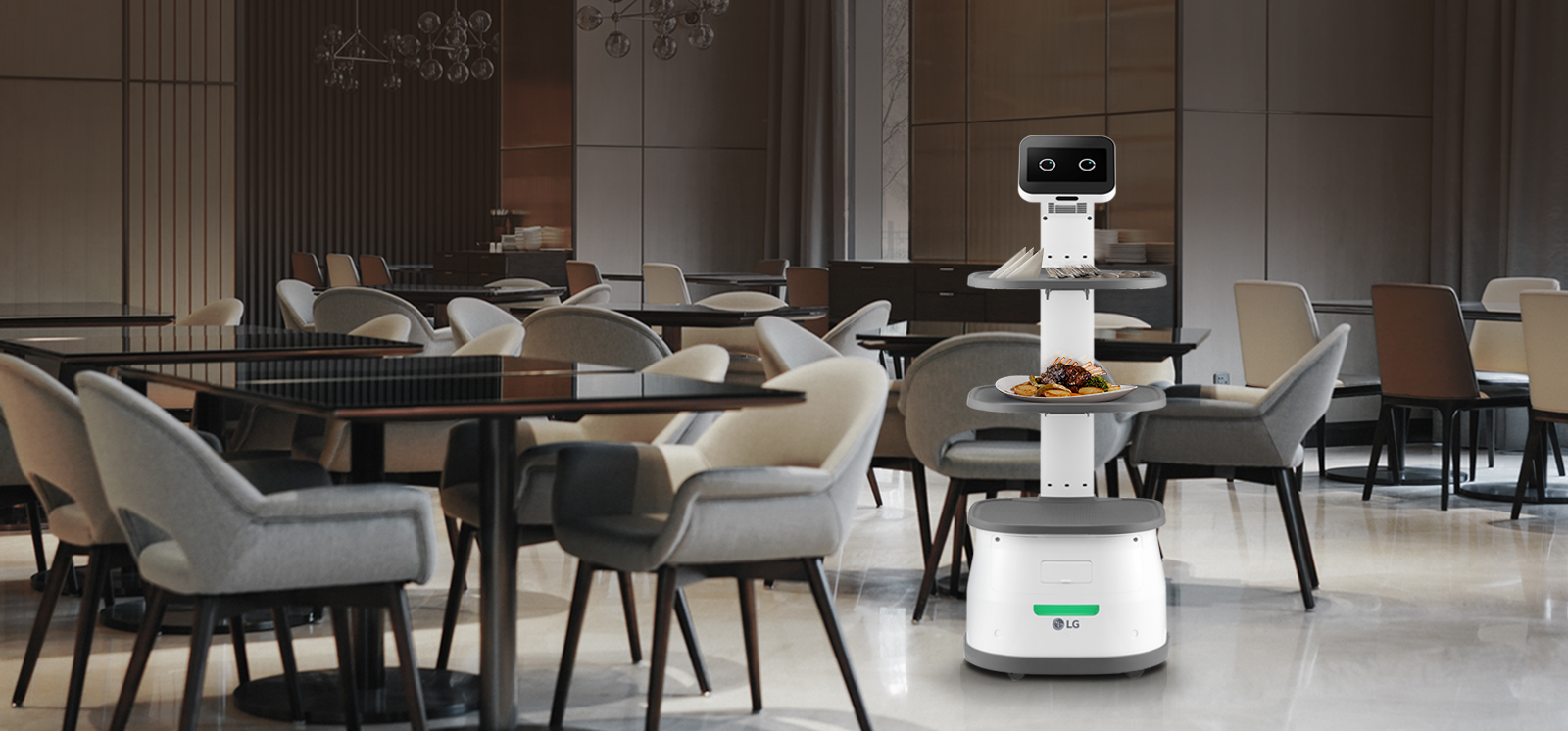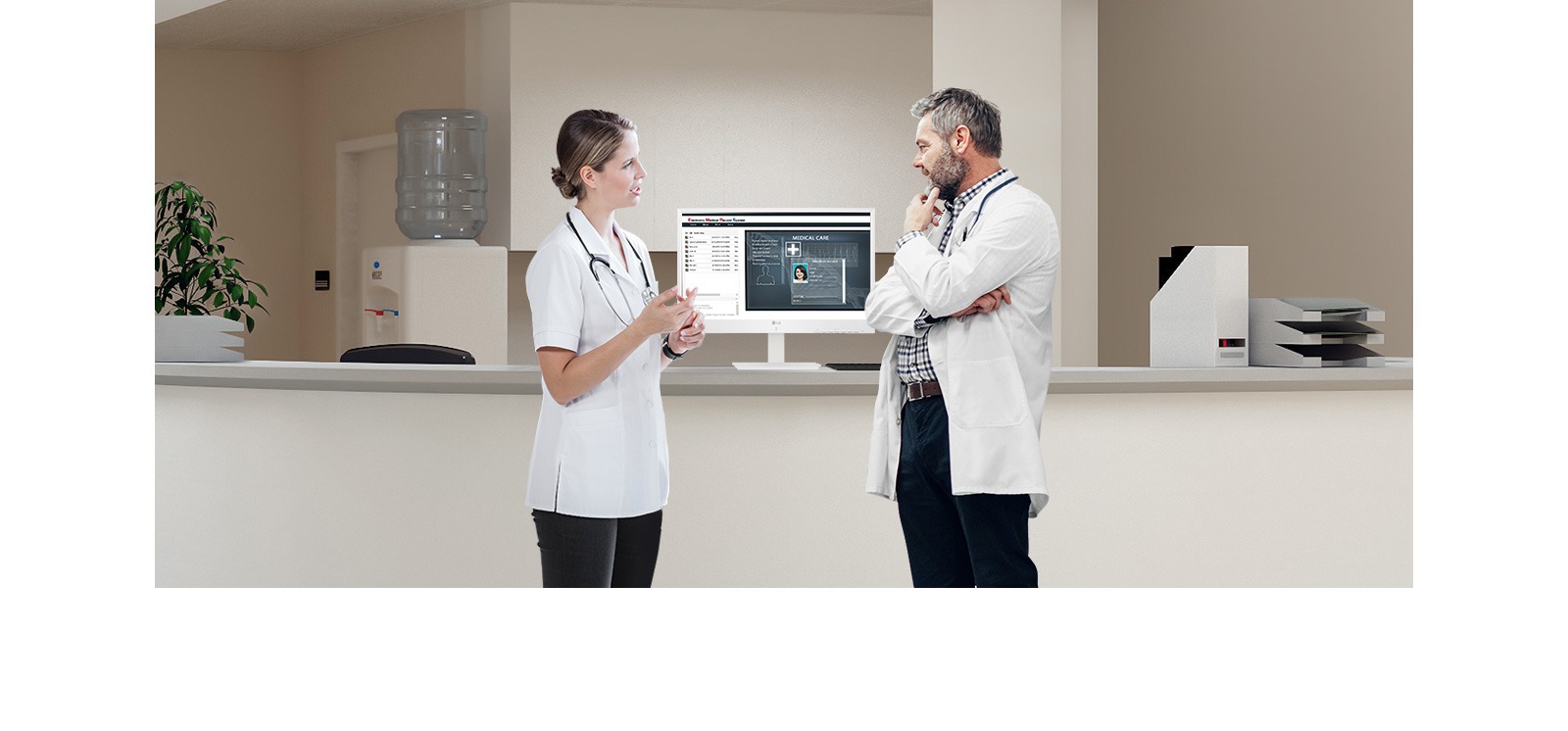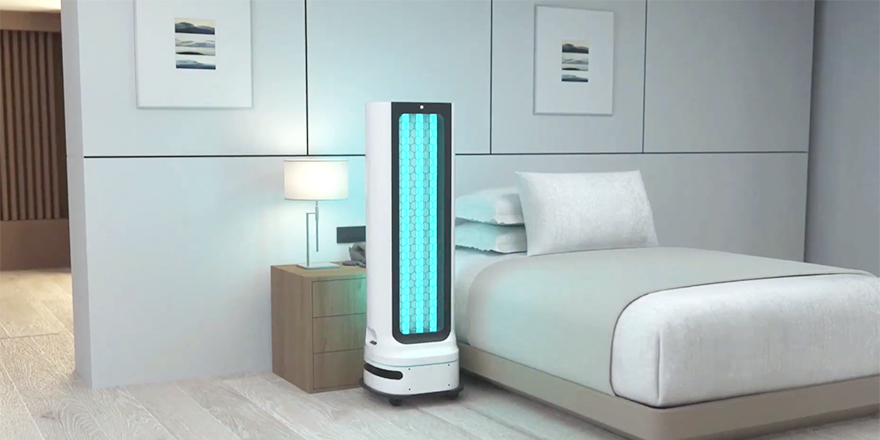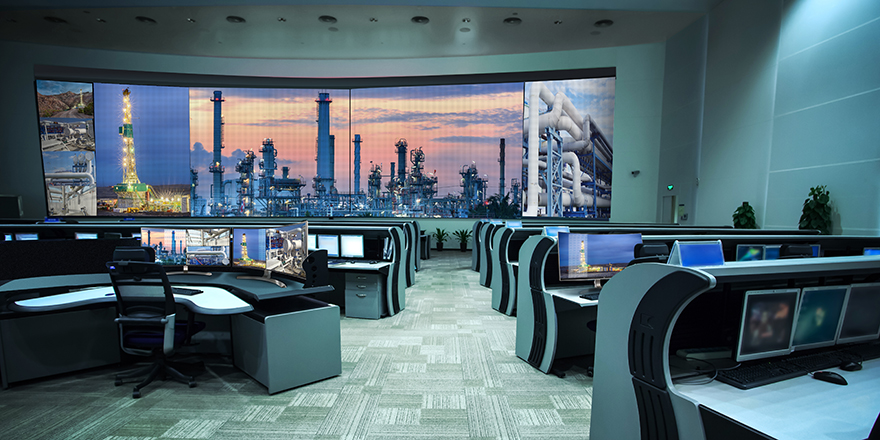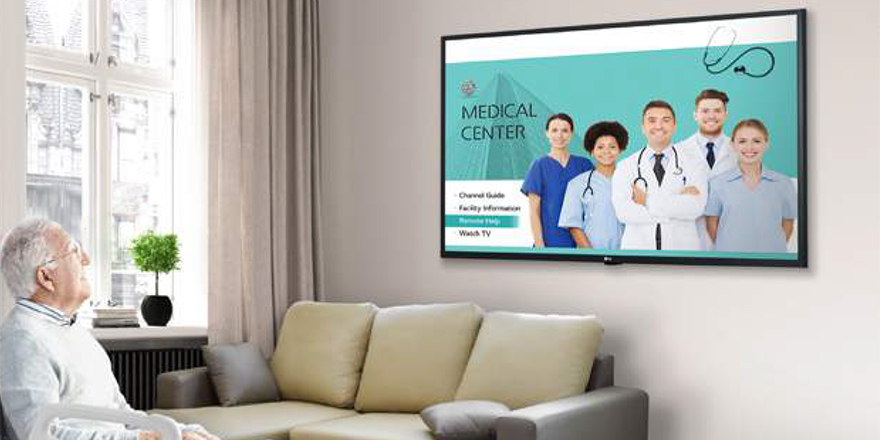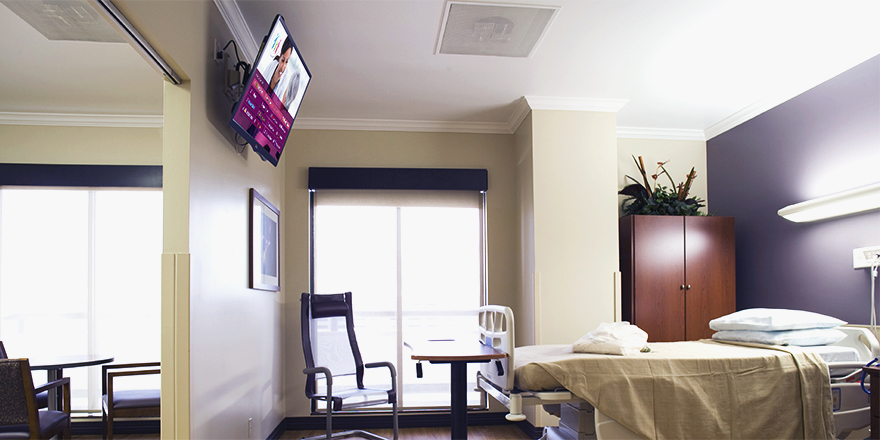
LG’s One:Quick delivers the computing capability of Windows 10, the simplicity of a touchscreen, and the impact of large screen displays.
By combining LG’s Ultra-HD In-Cell Touchscreen Display with the computing power of Windows 10, the One:Quick Series displays give you the freedom to collaborate in-room and remotely without the need to install or manage separate video equipment. Everything you need is on-board, including a camera, speakers, and mic, and an ultra-convenient launch pad with simple touch operation. In addition to the two display option, One:Quick Works & One:Quick Flex, One:Quick Share gives you the ability to wirelessly share up to four PCs on a single LG One:Quick display with LG webOS™ 4.1.
One:Quick Works brings teams together with its computing power, tablet-like simplicity, and large touchscreen display.
LG’s One:Quick Works display brings the team together quickly and easily with its All-in-One capabilities. The 55” All-in-One Touch Display with Windows 10 features integrated LG conferencing hardware and software, along with customized meeting room templates, to manage in-room meetings and multiple rooms efficiently. An integrated camera (with privacy cover) and microphone, LG video conferencing software, and compatibility with many popular third-party conferencing applications make remote collaboration a breeze.
Here are a few benefits of One:Quick Works:
Collaborate Easily with LG Touchscreen Capability
The 55” Full HD (1920 x 1080) display features a precision 20-point multi-touch In-Cell Touch IPS screen to encourage in-room collaboration. A viewing angle of 178° means everyone in the meeting will enjoy sharp, crisp images.
Instantly Identify Your Space with Meeting Room Templates
Organize and facilitate meetings efficiently with templates that provide Meeting Room ID (Naming / Reservation Status / Weather Information) and Meeting Manager (Meeting Content / Configuration / Cloning).
Easily Navigate a Display Designed Specifically for Meeting Rooms
Convenient tools, such as a guide screen, launcher for collaboration software, real-time weather/clock, and remote auto cloning for additional displays make meeting management a breeze.
Make Ideas Known Clearly with Wireless Screen Sharing
Thanks to Windows Mirroring, which provides PC connectivity to the display, with the addition of One:Quick Share you can connect up to 4 devices at one time, meeting participants will enjoy a high level of interaction.
Next Level Multitasking with “Split View” Screen Mode
Additional screens can be shared among members during a video conference, and discussions can be facilitated through writing ideas on the touchscreen. Split View supports simultaneous use of video conferencing apps, whiteboard, and screen sharing. Easily switch back and forth among the Full View and Split View modes.
One:Quick Flex has your team covered, whether working from home or using an interactive display for a huddle space and living area.
One:Quick Flex delivers the benefits of One:Quick Works in a 43” Full HD In-Cell Touchscreen display that can mount on a wall-mount* or portable stand* for added flexibility. Additional features include a user interface compatible with LG’s wireless presentation solution, intuitive launcher for collaboration software, real-time weather, and clock. You can even customize the background image. One:Quick Flex is ideal for any family or small business that could use a multitasking, interactive touch display.
One:Quick Flex has your team covered whether working or teaching from home, attending interactive online classes, or using one dynamic display to cover a huddle space and a living area.
Here are a few benefits of One:Quick Flex:
Covering Multiple Areas With One Flexible Solution
The 43” Full HD (1920 x 1080) precision In-Cell Touch display is large enough for premium collaboration yet small enough to move and use in virtually any space. Integrated LG conferencing hardware and software make meeting management a breeze.
Integrated Conferencing System Delivers Enhanced Collaboration
One:Quick Flex features a built-in conference system that eliminates the need of having to install or manage separate video equipment such as a camera or microphone. The 4K camera delivers high-resolution images at 30 fps, speaker tracking, and has a 120° view capability**. A camera lens cover is included for privacy. The sensitive microphone has a 19.7-foot (6 meters) pickup range** for more intelligible conversation.
One:Quick Share gives you the ability to wirelessly share up to four PCs on a single LG One:Quick display with LG webOS 4.1.
One:Quick Share makes presentations a breeze by allowing you to wirelessly screen share up to four PCs at the click of a button. Just pair, plug, and play. Compatible with LG’s One:Quick series displays, One:Quick Share is a hassle-free way to share PC screens during video conferences while allowing multiple participants in-room to screen share without juggling wires. With the ability to wirelessly share up to four PCs on a single LG webOS 4.1 display, One:Quick Share gives each meeting participant a more active voice.
Here are a few benefits of One:Quick Share:
- Wirelessly screen share a PC by just clicking one button
- Share up to four different devices in the room at one time
- Easy to set up and even easier to use
- Provides basic screen controls through PC (remote not needed)
- No base unit required; just pair, plug, and play
- Compatible with LG displays that have webOS™ version 4.0 or later.
- A hassle-free way to share PC screens over video conferences
- Multiple participants in-room can share without juggling wires
- Ease of managing PC connections in-room (no HDMI cable juggling) streamlines meetings for everyone.
What a One:derful, LG One:Quick Series Display
LG One:Quick Series touchscreen displays with Windows 10 harness the power of a laptop with the advantages of a tablet. They deliver next-level collaboration capabilities thanks to built-in conference systems and a wealth of features to make meetings productive and flexible while simplifying operations.
*One:Quick Works wall mount & portable stand sold separately.
**One:Quick Flex camera viewing capacity and the microphone pickup range can vary depending on the room or environment.
